| Author |
Message |
    
John Davis
Senior Member
Username: johnny
Post Number: 297
Registered: 03-2006

| | Posted on Saturday, May 22, 2010 - 02:41 pm: | 




|
I think most of you have seen the Caille twin I picked up a few months ago. I have now started to work on this project a little and I have removed the Schebler carb to make sure everything is in working order. To my surprise I discovered that the carb has a built in check valve. The engine already has a poppit valve on each cylinder on the intake manifold. Does anyone know if the Caille engines were like this from the factory? Seems like to me that the check in the carb would not be needed? I thought that it probably originally had a slide type throttle like in one of my photos rather then the butter fly type? Any advice from the experienced marine engine collectors would be appreciated. See photos for details.
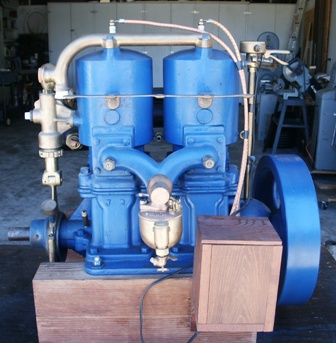
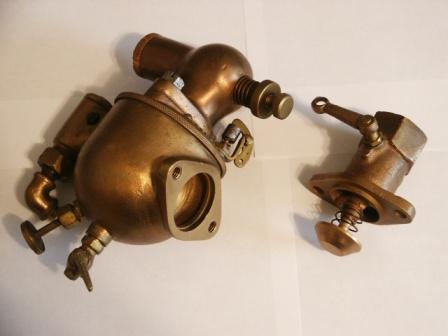
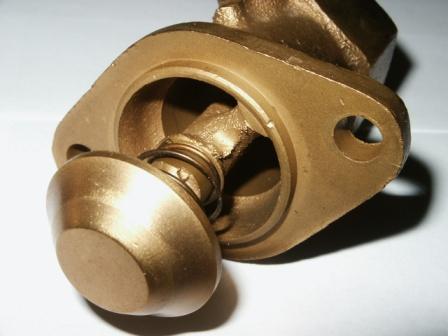
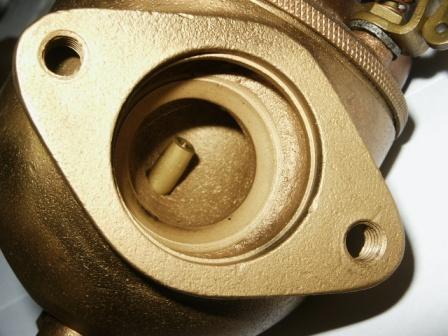
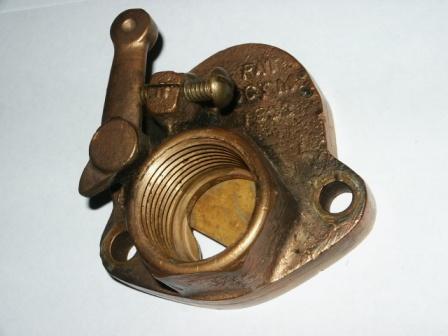 |
    
J.B. Castagnos
Senior Member
Username: jb_castagnos
Post Number: 533
Registered: 07-2002

| | Posted on Saturday, May 22, 2010 - 09:22 pm: | 




|
Unique carb, didn't know they existed. Like you I can't see why it's on this engine. |
    
Ernie
Senior Member
Username: ernie
Post Number: 1198
Registered: 01-2002

| | Posted on Monday, May 24, 2010 - 07:58 pm: | 




|
Here is another.
James Compact not a Schlebler. Cast in the top on the other side from the name is "Gas Generator"
I have also seen the same style with check valve made by Acorn
This has been my "go to carb" when trying to start a stubborn 3/4 or 1 inch intake 2 port engine for many years.
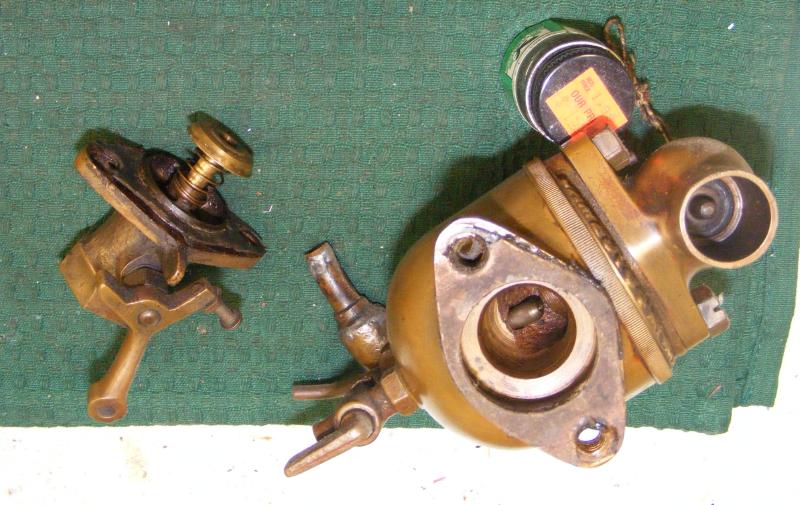
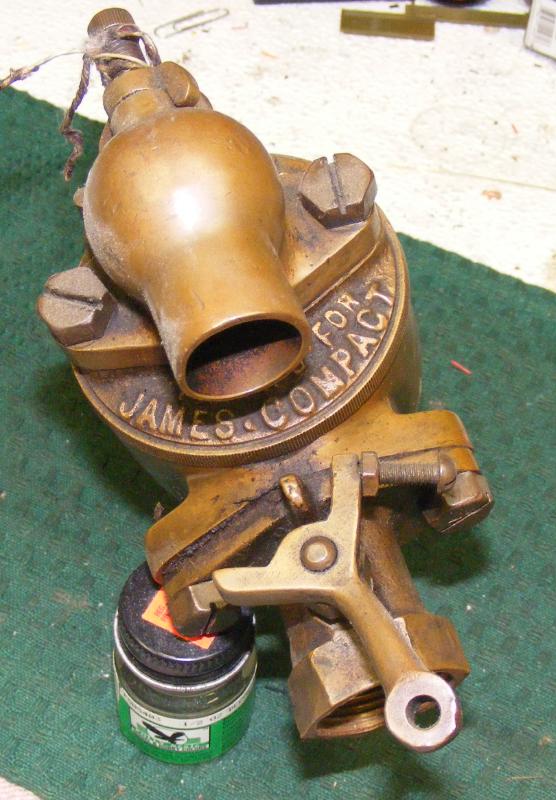
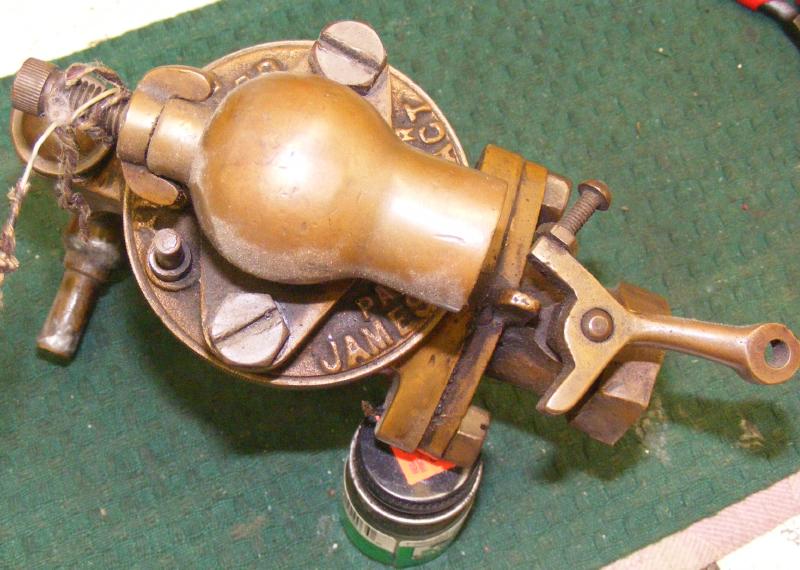
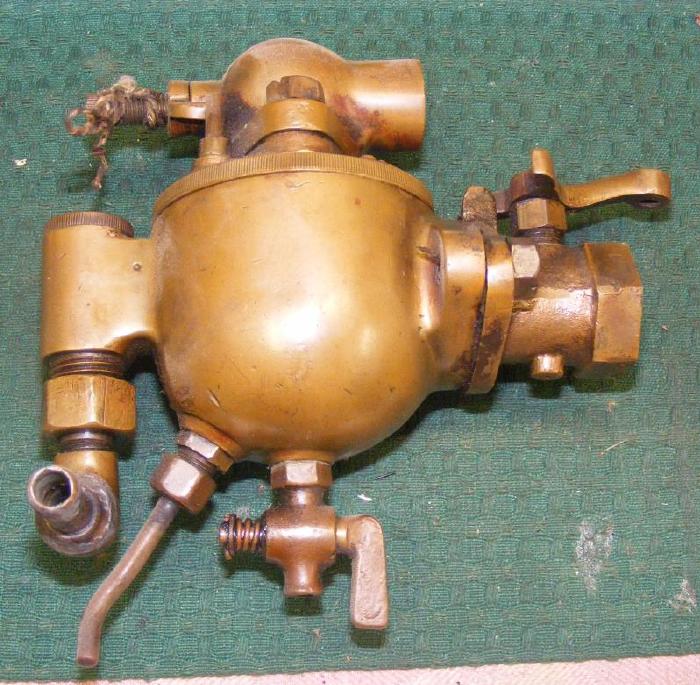 |
    
Murray Hopkins
Member
Username: murray_hopkins
Post Number: 8
Registered: 05-2010
| | Posted on Monday, May 24, 2010 - 08:09 pm: | 




|
Nice Carby's Gentlemen, in Australia we have Schlebler's or different brands of the same thing on our old Blaxland Marine engines.
re
Murray |
    
Murray Hopkins
Member
Username: murray_hopkins
Post Number: 9
Registered: 05-2010
| | Posted on Monday, May 24, 2010 - 08:23 pm: | 




|
There is a very good explanation of Check valves at http://www.oldmarineengine.com/technical/rad_tips.html
It is in section 4.
Basically -
It is true however that quite often a balky two-cycle, three-port engine can be made to run well using a mixing valve or a check valve between the carburetor and the engine.�
�� The reason being the three-port engine requires a tight crankcase and when the engine becomes worn it becomes hard to start.� The check valve decreases the effect of crankcase leakage and in effect converts the three-port to a two-port engine. One of the basic reasons the watermen liked the two-port engine was it kept on running after years of service. 30 years was not unheard of whereas the three-port demanded close tolerances to minimize crankcase pressure losses
re
Murray |
    
RichardDurgee
Senior Member
Username: richarddurgee
Post Number: 2411
Registered: 11-2001
| | Posted on Monday, May 24, 2010 - 10:07 pm: | 




|
*
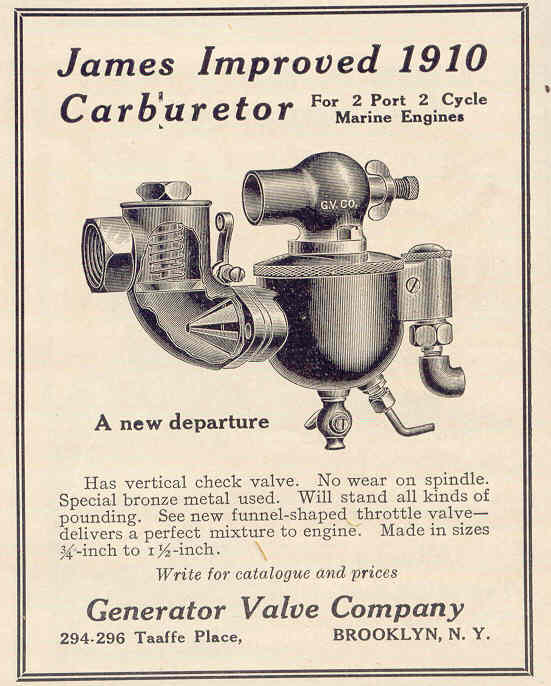
* |
    
John Davis
Senior Member
Username: johnny
Post Number: 300
Registered: 03-2006

| | Posted on Monday, May 24, 2010 - 10:22 pm: | 




|
Thanks for posting the photos and info. I have not removed the cylinders from my Caille twin but I'm fairly sure that it is a two port engine.
The thing I was trying to figure out is if the engine would run worse or better having three checks? Guess I will have to do a little experimenting with and without the check in the carb when I run it for the first few times. |
    
Ernie
Senior Member
Username: ernie
Post Number: 1199
Registered: 01-2002

| | Posted on Tuesday, May 25, 2010 - 08:04 am: | 




|
Please note I said 2 port and didn't mention in place of the check valve and carb as seperate componets.
Yes a tired 3 port will sometimes come back to life by adding a check valve.
I don't see how it will help on a twin with a common manifold as all it will do is prevent pushing the mixture back out the carb. |


